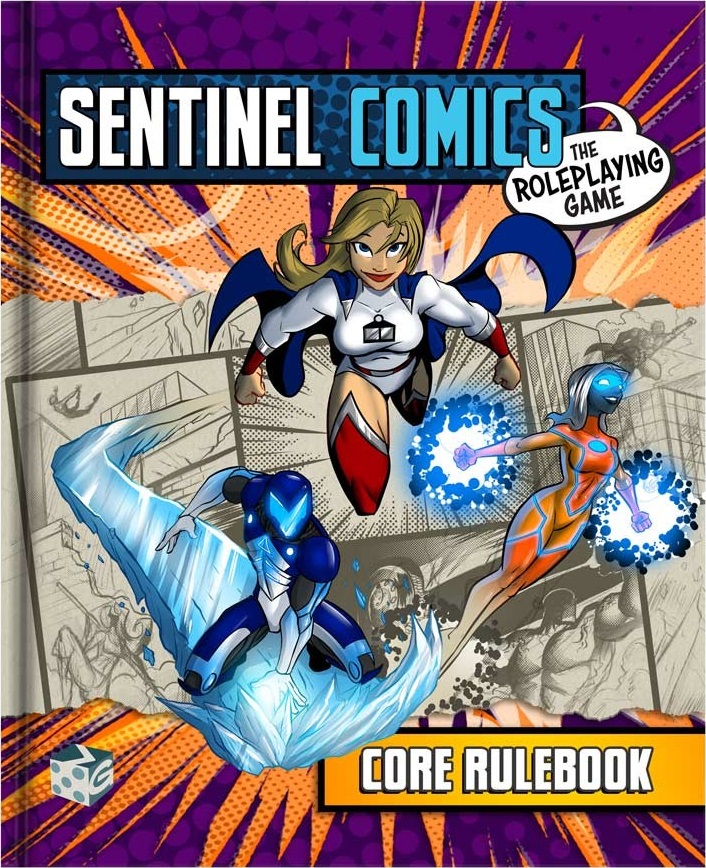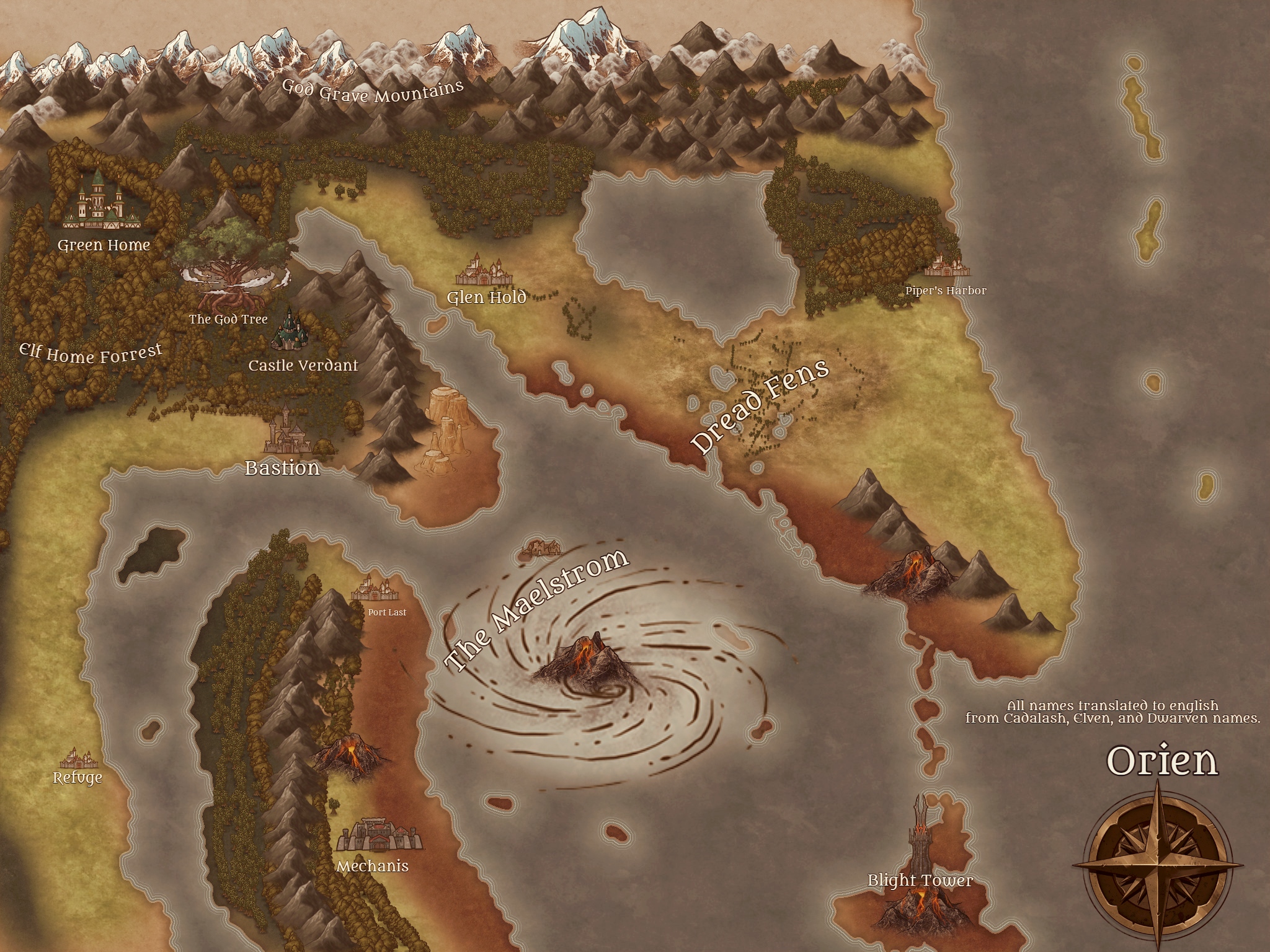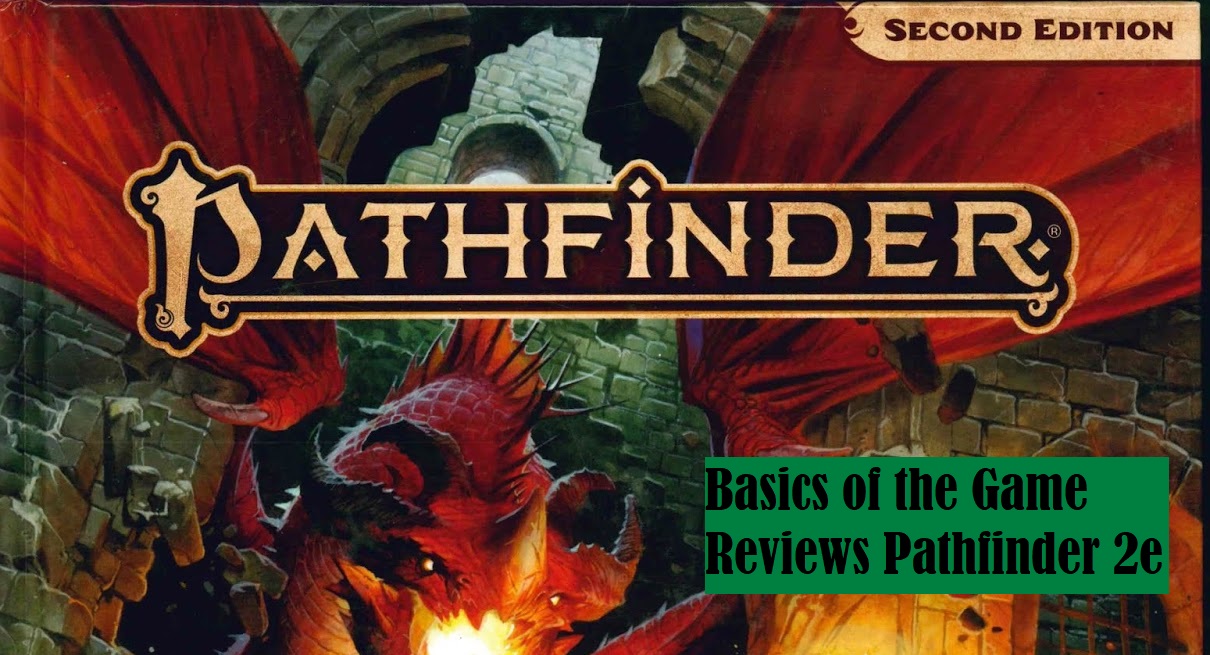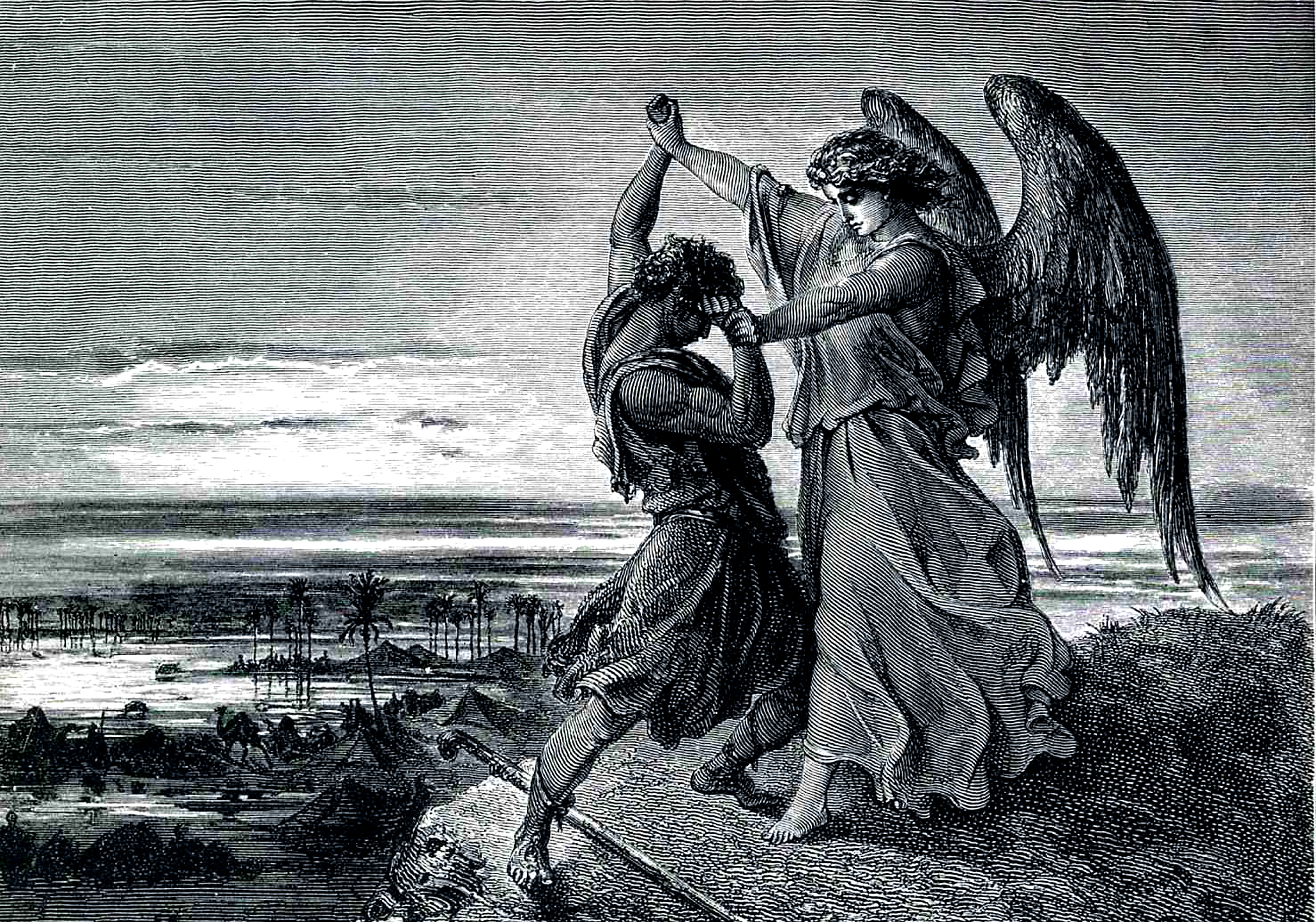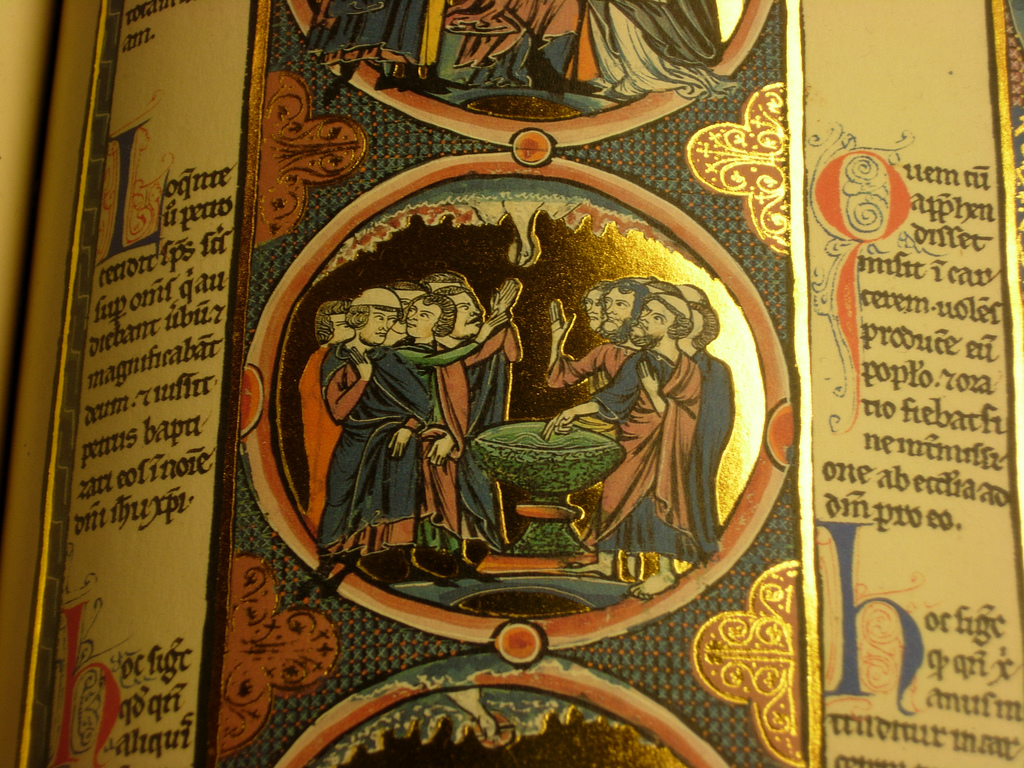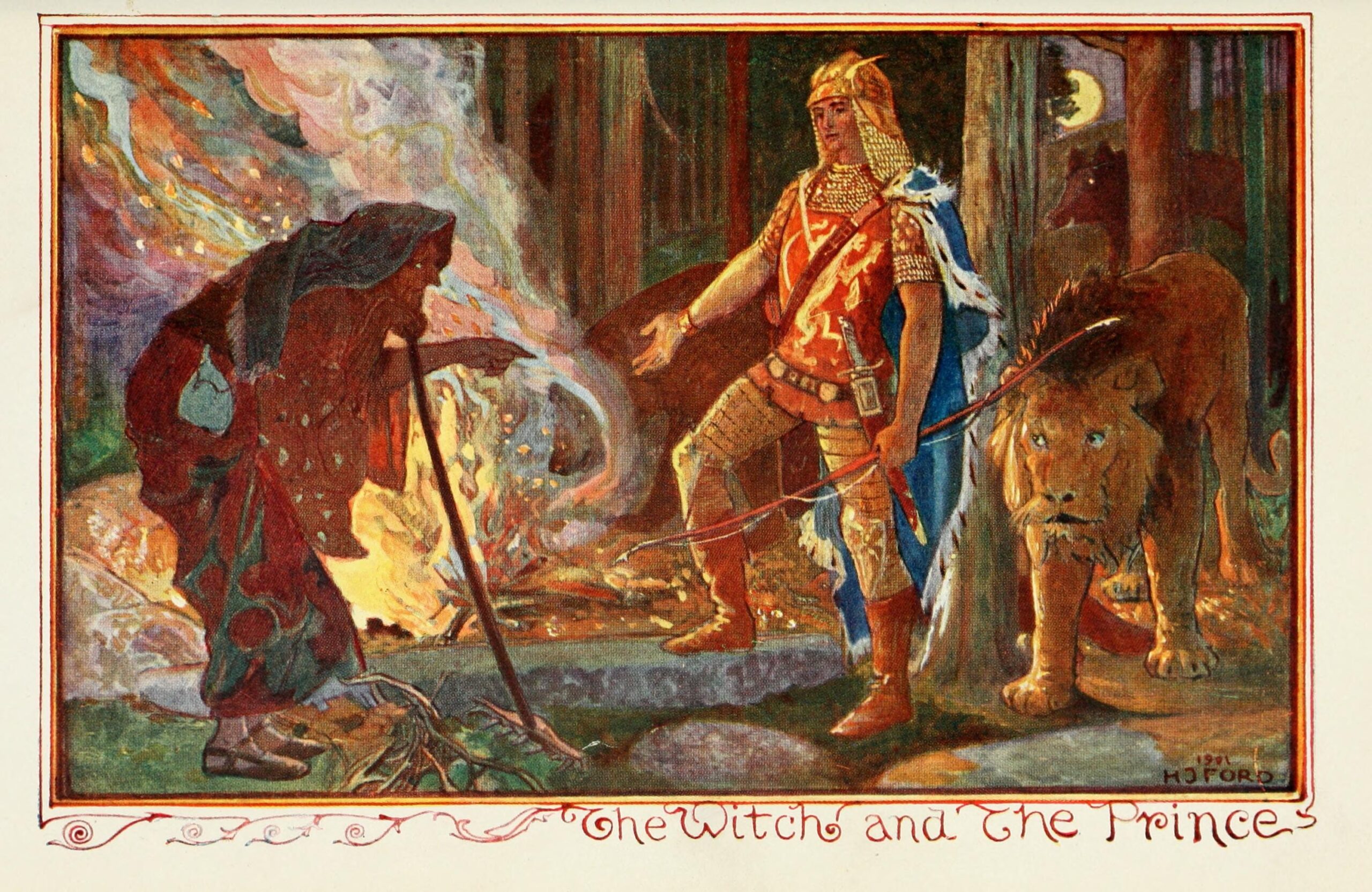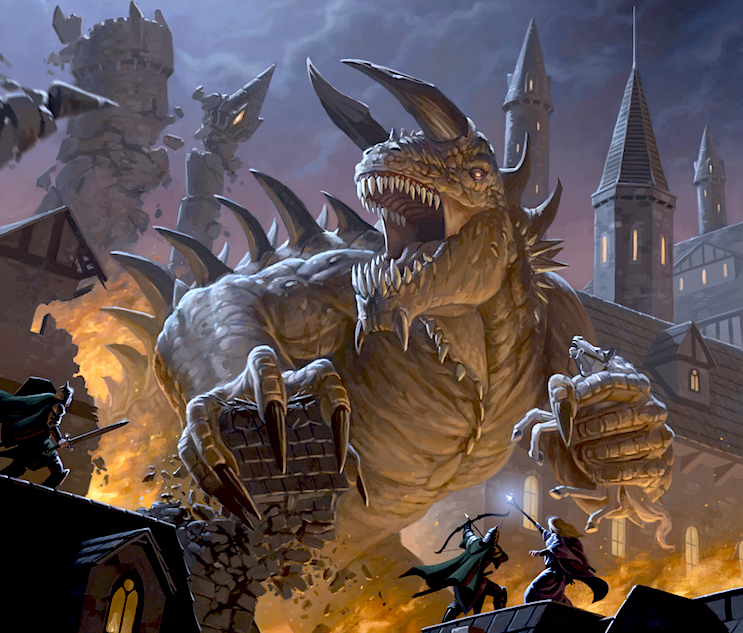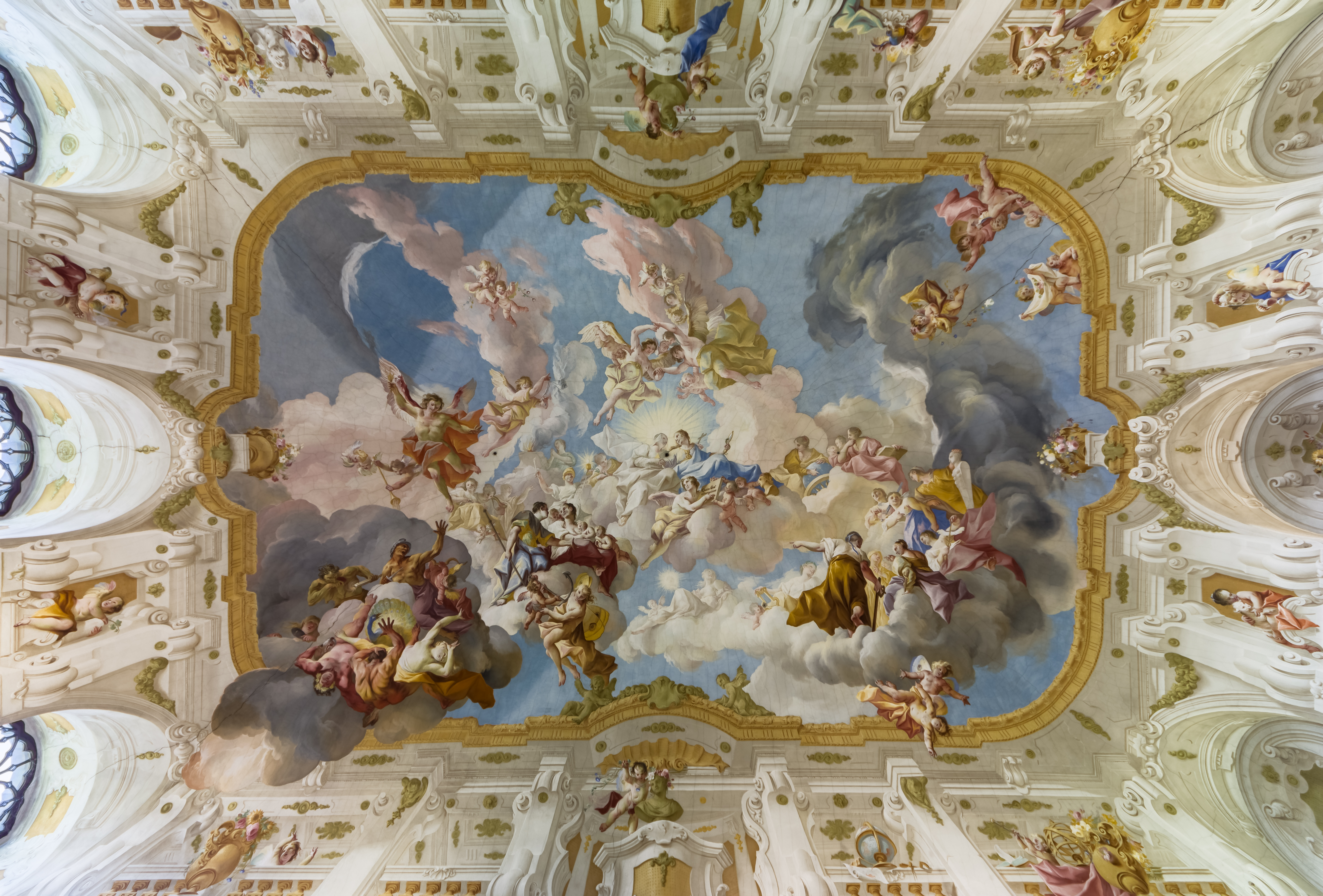I recently started playing a game called Sentinel Comics RPG run by my friend Jared Rascher. It is a newer superhero system with an interesting structure to its combat, a deep amount of lore, and a somewhat randomized character creation which calls back to the feel of classic Marvel Superheroes RPG without being so random as to make the characters silly. The lore of the game is also based on the board game called Sentinels of the Multiverse. I made a character called Paladin, because his abilities were supernatural and began to resemble paladins from D&D. I created a lose history for the character, but I realized after playing him I needed to do something more.
